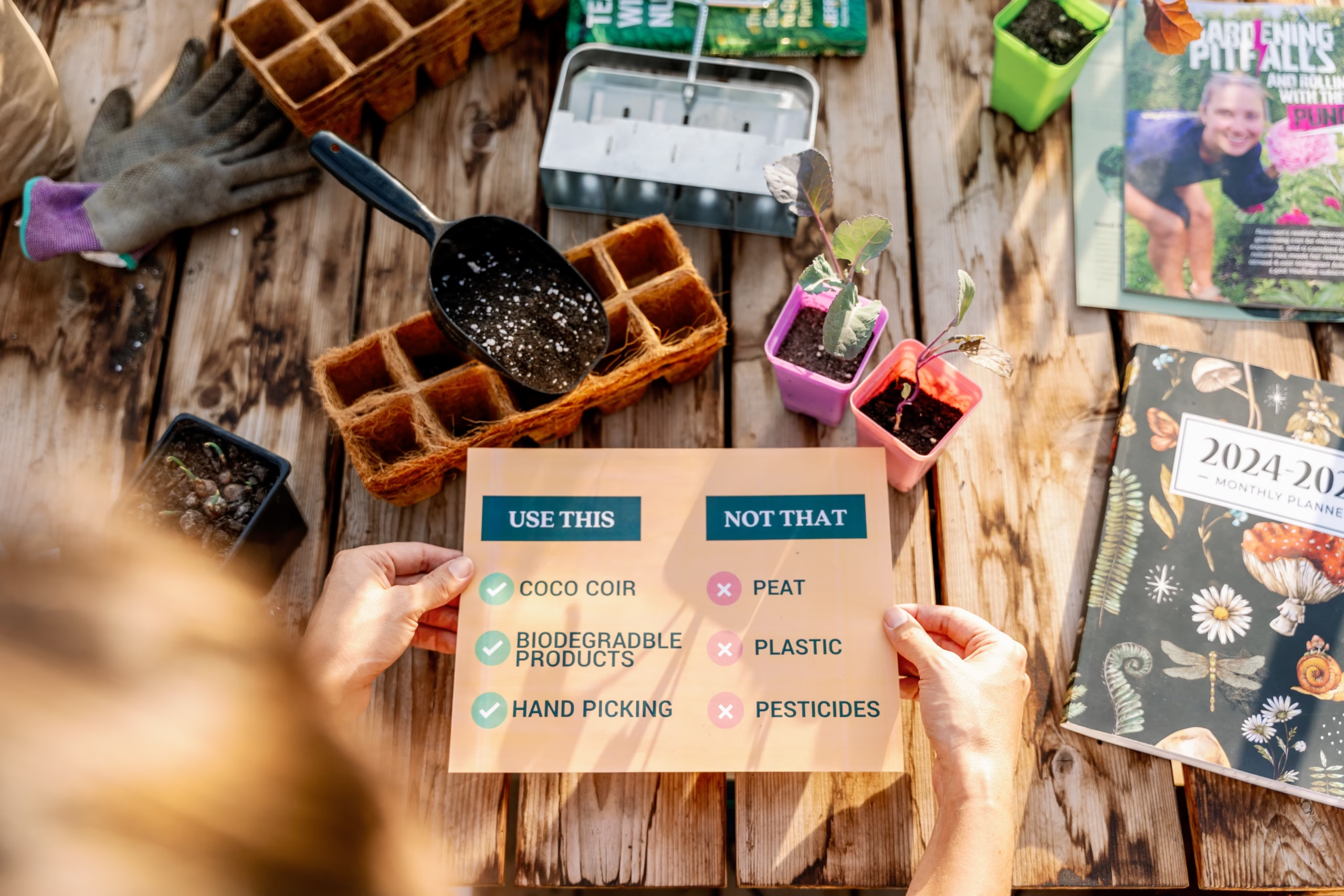

One of the main reasons many people get into gardening is to support their mental health and to find ways to bring peace and tranquility into their day. Not only does gardening itself support your mental health, but you can also create a garden that is called a sensory or therapy garden and the purpose of this type of gardening is to help you feel at peace, but also to incorporate your 5 senses in gardening.
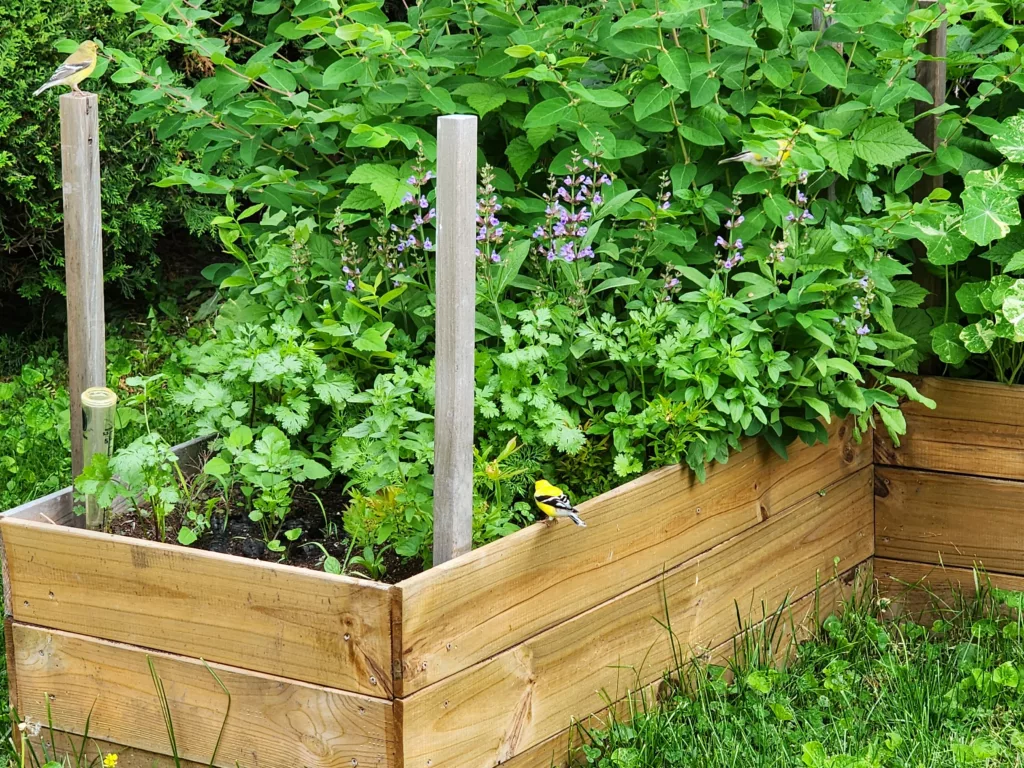
A therapy garden is any type of garden that you can go in to help you find peace and calm. It could be an area that you can meditate in, slow down and read a book in, or any type of garden that helps you relax.
There are also gardens that are built to help the elderly, disabled people, or those going through mental health concerns. Gardens like these may be found at different institutions like old-folks homes or inpatient facilities. Additionally, horticultural therapy as an industry is starting to become more popular, where a therapist can guide you through the process of plants and gardening to help your mental health.
There are many benefits to a sensory garden with the first, of course, being that it can support your mental health. Additionally, if you or someone you know has lost the ability to see, smell, touch, or any other senses, a sensory garden allows you to experience the outdoors in a different way. By incorporating plants that have different scents, vibrant colours, different textures or even sound different in the wind, it allows anyone in the garden to experience the garden in multiple ways.
The benefit of a therapy or sensory garden is that it allows the garden to be enjoyed by everyone, regardless of their health situation.
There are some key features that can help you build a therapy or sensory garden. The main goal is to create a space that suits you, your needs and brings you joy and peace.
The first is to understand how you want to use the space. If you are hoping to read in the garden, creating a space to sit and relax is important. If you hope to meditate, you might want a space that is surrounded by privacy and brings you calm. Determine how you want the garden to serve you and your peace, and plan accordingly.
The second is to incorporate different plants that will ignite your senses. For example, planting lavender around a meditation area can help bring calm as the wind blows the scent into your meditation space. Or including trees or plants that have seedheads that rustle in the wind.
The third is to include other items that will bring you peace or calm. This could be a fountain with moving water, a wind chime, or even stationary art that brings you joy.
There are so many plants that you can include in your garden, and the main thing is to make sure that they are plants that bring you joy. Also, be mindful to only plant as much as you can handle, so that you never feel overwhelmed with the work that needs to be done. In addition to the 5 senses listed below, you might want to consider growing privacy plants such as hedges or climbing plants if privacy is an important feature for your garden.
Also, if you require surfaces that support wheelchairs or other mobility devices, make sure to include this in your plan. And finally, decide if you’re planting in the ground, or in high raised beds that allow gardeners using mobility devices access to the garden as well.
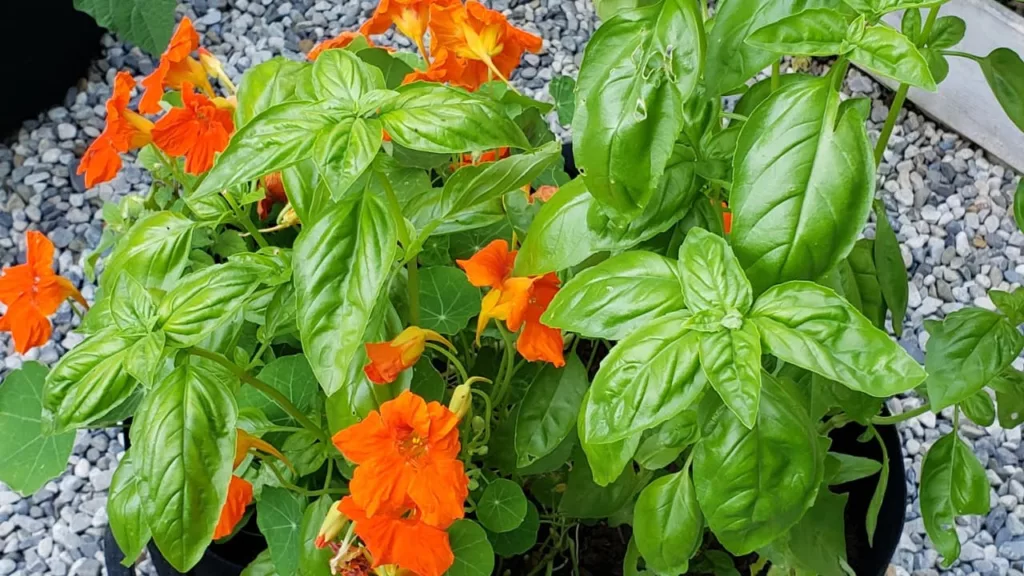
Smell is such an important feature in the garden! Whether it’s from brushing the plants with your hands, or them blowing in the wind, there’s nothing better than the sweet smell of flowers or herbs in the garden. Some great options to plant in your garden include: lavender, hyacinth, lilac, roses, carnations, oriental lilies and peonies. Herbs are another perfect choice and this includes: basil, rosemary, oregano, sage and thyme.
Look for plants that either release scent on their own, or release a scent when touched so you can enjoy the garden in multiple ways. When buying your plants or seeds, make sure to look for the symbol or comments letting you know if the plant has a nice scent. For example, not all peonies or lilies have a scent, so you want to make sure you buy the types that do.
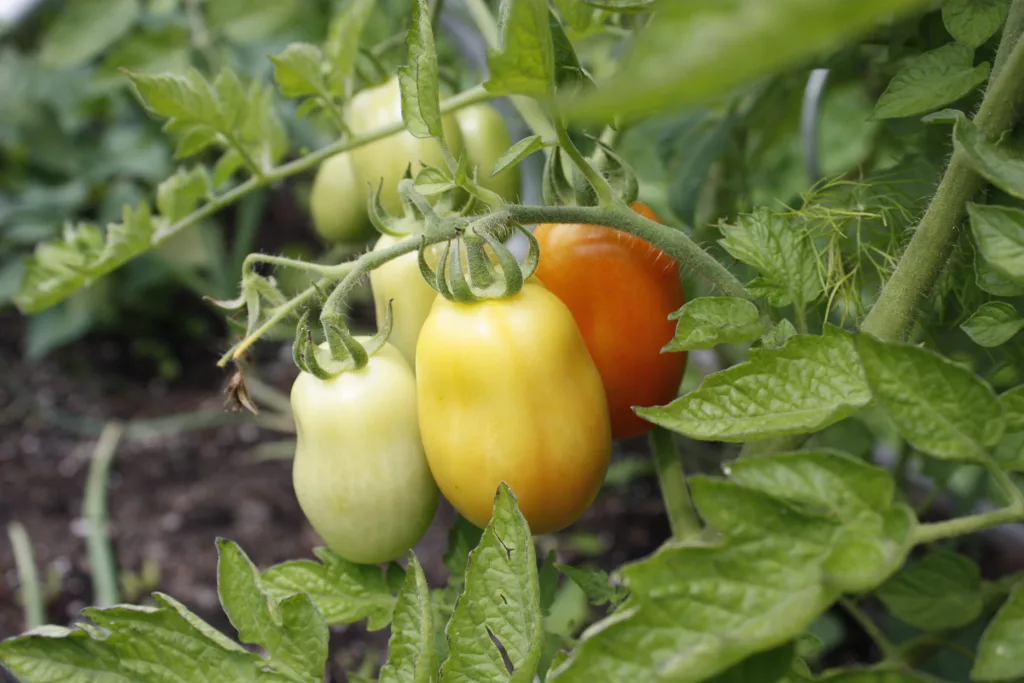
Who doesn’t love walking around the garden and eating? Grow plants that you can enjoy, either as a garden snack or to take into the house. There are many edible flowers you can grow, herbs, fruits and vegetables.
Some edible flower options include: nasturtium, pansies, calendula and lavender. Edible herb options include: dill, parsley, sage, oregano, thyme, basil and cilantro. Edible fruit options include: strawberries, raspberries, blueberries, or fruit trees such as cherry, apple or plums. And finally, there are so many vegetable options, but some good snacking options include: tomatoes, peppers, beans, peas, carrots and celery.
For anything you plan to eat, make sure that the variety you are choosing is a culinary option when buying the seeds or reading the plant packaging. It’s always best to be safe when choosing to ingest plants, especially when you’re unfamiliar with them.
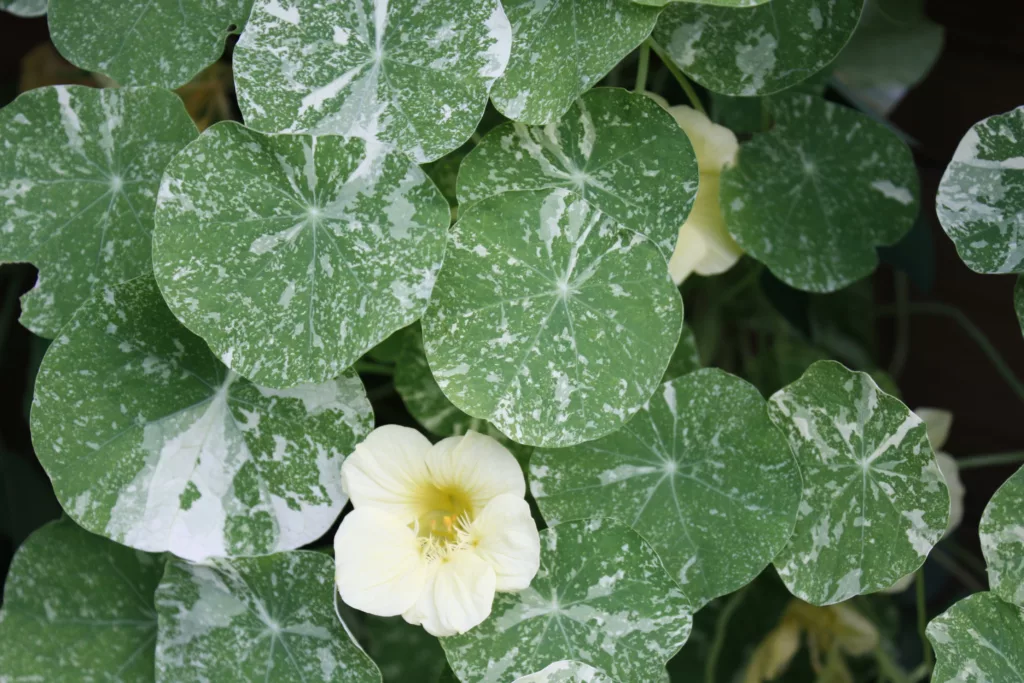
Plants come in so many different textures and shapes. I always like to play a game “is it sharp or soft” when I see different plants because I’m always drawn to touching them. There’s something about a plant that looks like it might be super soft, or filled with millions of tiny spikes, and my need to touch it.
Growing plants that are soft, smooth or waxy are a fun way to add texture to the garden and ignite your sense of touch. Plants that are fun to touch include: lamb’s ear, nasturtium (the leaves and flowers have a totally different texture), geranium, grasses, hostas and lavender.
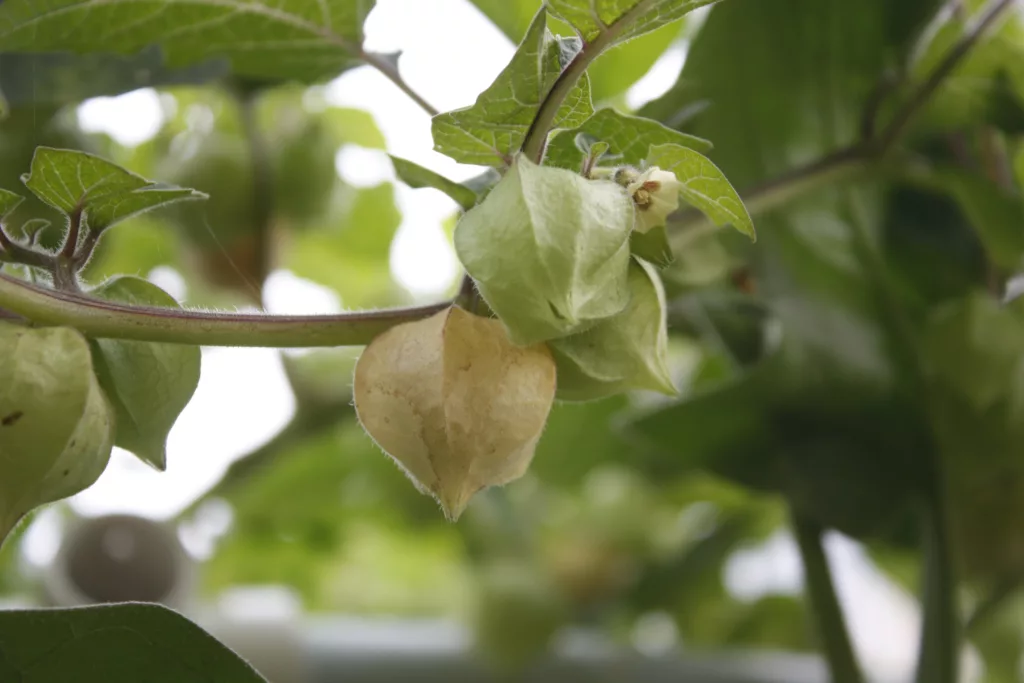
This is probably the most underrated, or forgotten sense to include in the garden. We have an Amur maple in our backyard that holds onto its seed pods all winter long, giving food for the wildlife but it also rustles in the wind. What I love about the seedpods is they make the sound of summer rustling leaves but in the dead of winter. What a treat. When planning to add sound to your garden, think about how you use your garden in all seasons so you can plant accordingly. You may only use your garden for part of the year, or year round. If you use it year round, make sure to find plants that can rustle all season long.
Plants that add sound to the garden include: grasses, deciduous trees (especially those with dry seed heads like Amur maple or easter redbud), weeping trees, or Nigella (love-in-the-mist) that has noisy seed pods!
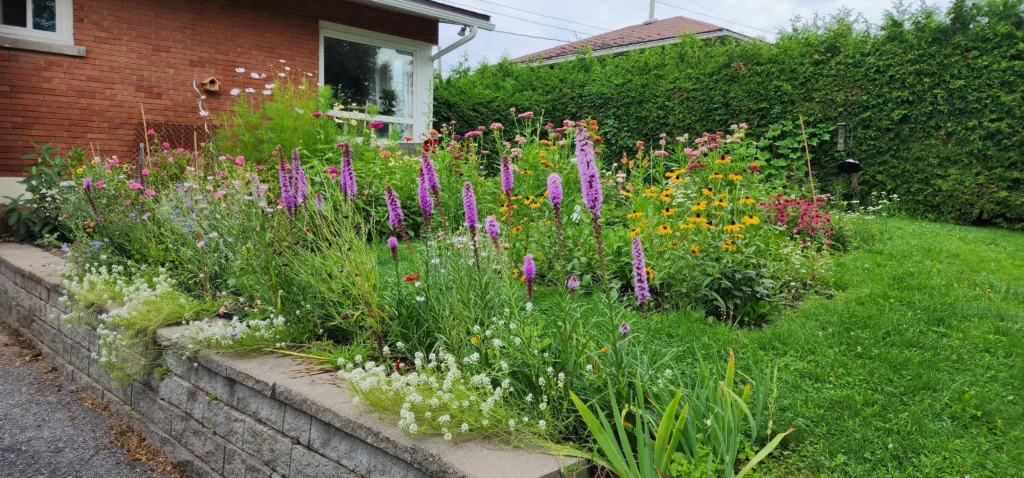
And the final sense is sight! This one is the easiest to accomplish and will be based on your preferences. Do you love hot colours like red, orange and yellow? Or are you more into the pastels such as pink, purple and blue? Or do you just love anything with colour, like I do in my front yard.
When planning your garden and thinking about sight, plan for different heights, sizes and textures. For example, you can build a shade garden using ferns for height, hostas for texture, and coral bells for colour. Incorporating grasses can add a different texture than a flower, or shrubs and trees can give structure and shape. Organize your plants so that you can see them and none are blocking another, so that all of your favourites can be appreciated by you and any garden guests you may have.

Gardening Advice for Short Season Gardeners
Privacy Policy • Terms and Conditions
© 2025 by Urban Gardening Canada